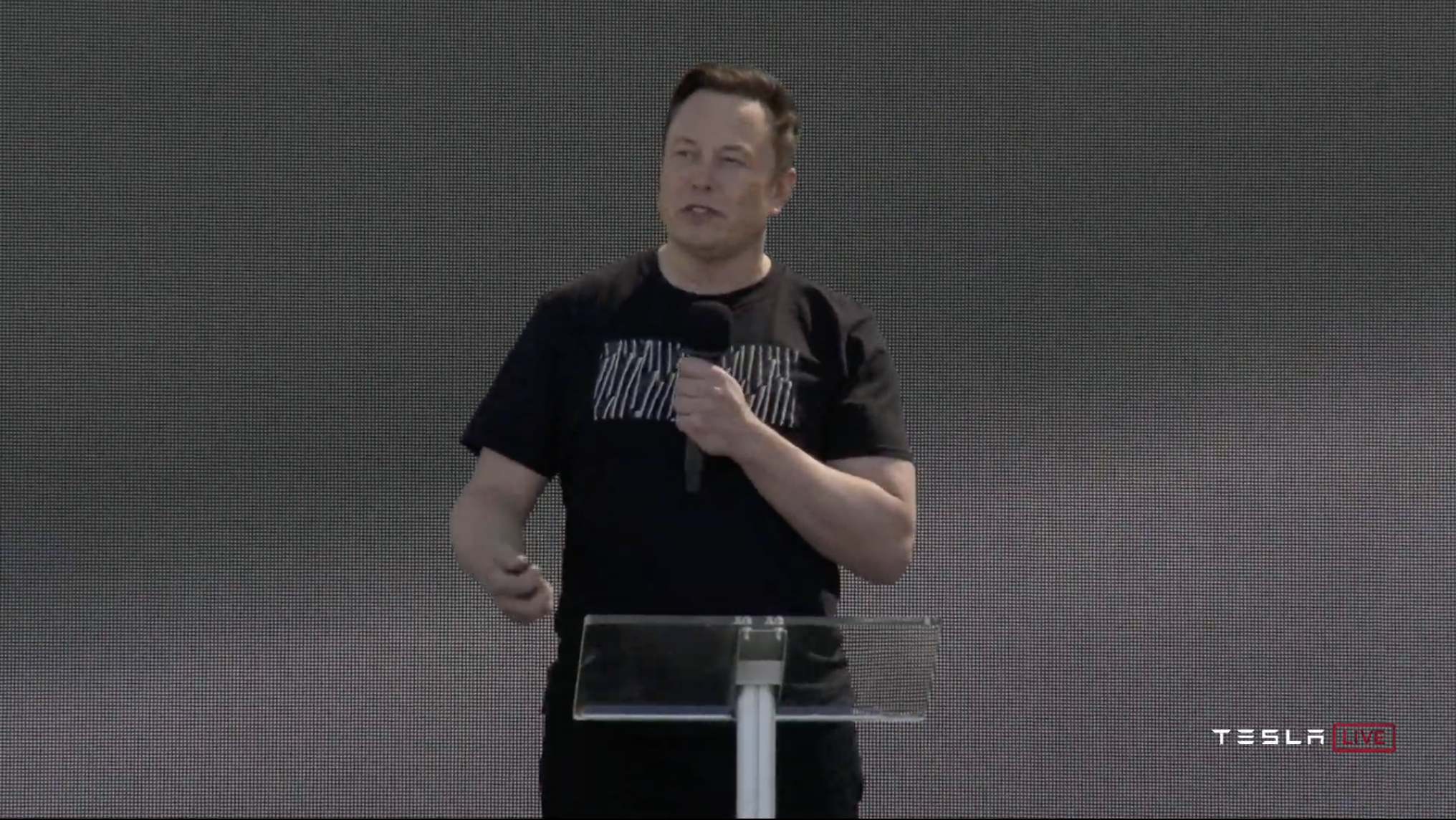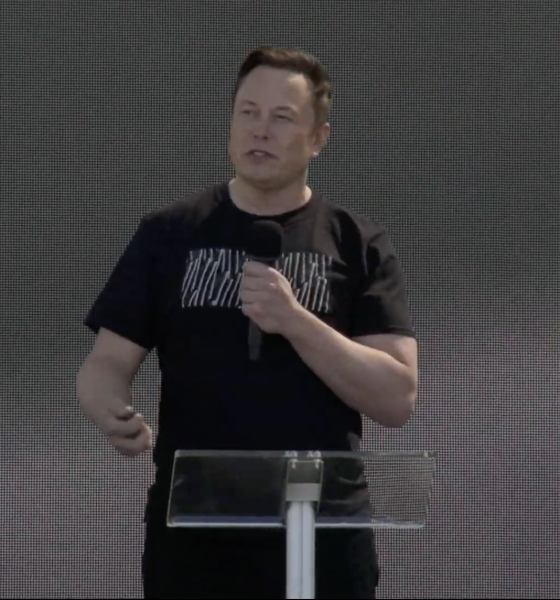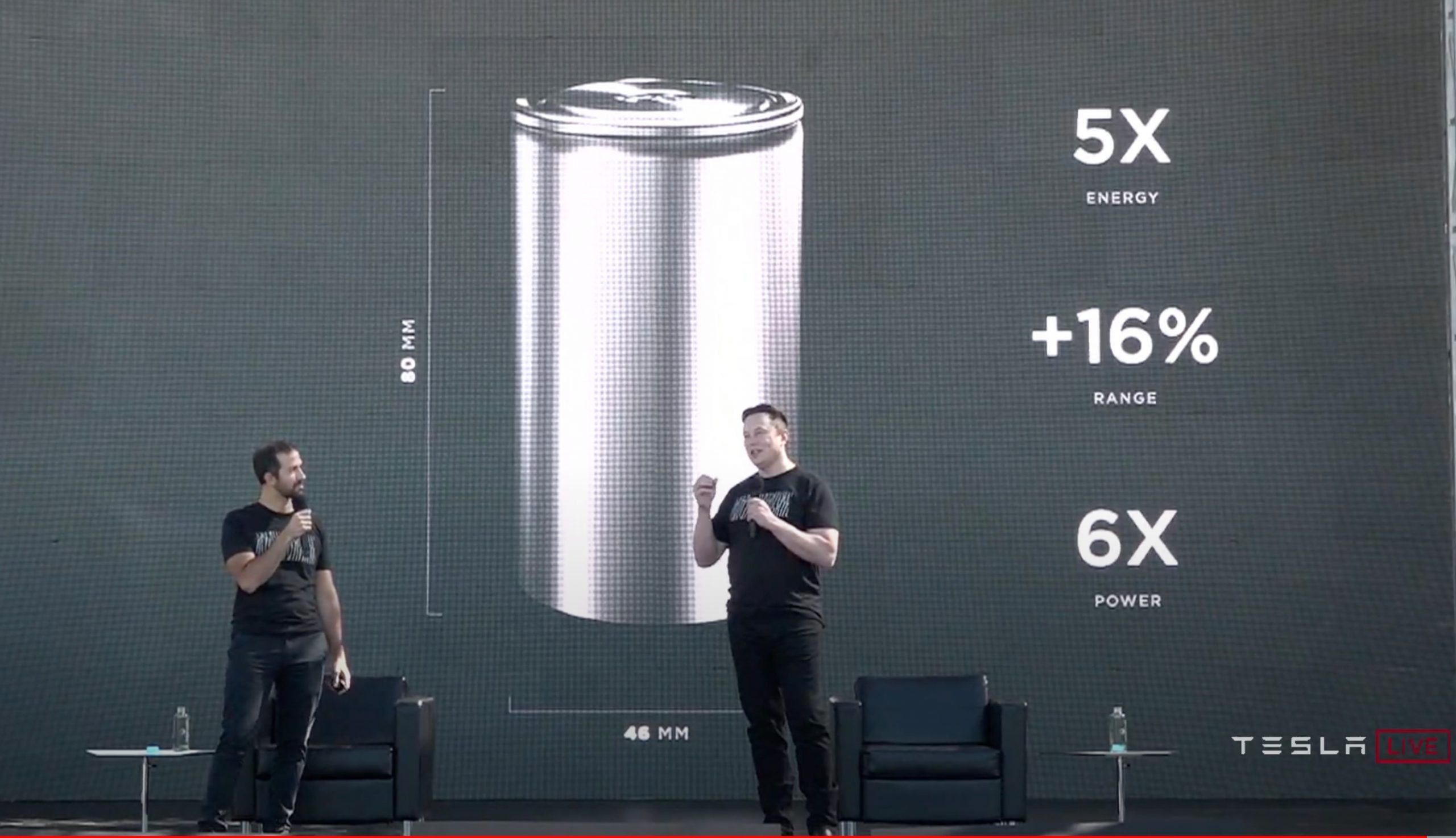

News
Tesla’s Elon Musk strikes diplomatic note on climate change, oil and gas in podcast interview
Tesla CEO Elon Musk has been outspoken on many issues over the years, and as the leader of the most successful electric car company in the world, it’s not surprising when his comments are aimed at skeptics of climate change and promoters of oil and gas industry expansions. That said, Musk is also quite aware of the nuances involved with industry that make things less binary than green energy advocates often frame them. In a recent podcast hosted by Kara Swisher called Sway, the serial entrepreneur took a more diplomatic tone than usual when discussing our planet’s future, fossil fuels, and the people involved in their production.
Swisher’s interview style is straightforward, and her opinions on matters under discussion are barely veiled. After a rocky start that prompted Musk to become a bit combative in his replies (“Sell your stock, I don’t care. What’s the point of this podcast?”), their discussion made its way to the emerging climate-focused market and steps being taken by governments both in the US and around the world. “I think these are all indications that the end of fossil fuel vehicle is nigh,” Musk replied in reference to his thoughts on California Governor Gavin Newsom’s latest executive order banning the sale of new fossil fuel vehicles by 2035.
Building further on that topic, the Tesla CEO also offered less-dire thoughts about where Earth is headed if the transition to sustainability is hindered. “I do not think this is actually the end of the world. I just think things get riskier,” Musk said after referencing the unprecedented growth of CO2 ppm currently in the atmosphere. “We need to think in terms that are not super binary… The actions that we take change the probability that the future will be good.” While his comments were somewhat positive, he still kept a realistic focus. “If you think of how civilizations have developed, we’ve put ourselves right on the edge of the water. If that water level rises even a little bit, you’ve got major problems.”

In yet another unusual diplomatic stroke, Musk also had sympathetic words for people who’ve worked in the oil and gas industry as a career. “Honestly, I feel a bit bad about hating on people in the oil and gas industry,” he admitted. “For a lot of people in the oil and gas industry, especially that are on the older side, they kind of built their companies and did their work before it was clear this was a serious issue… And now…people are kind of making them out to be villains when for the longest time they were just working hard to support the economy and didn’t really know it was gonna be all that bad.”
Swisher pointed out that it was odd for Musk to speak on behalf of the industry he’s been so tough on in the past, but Musk reminded her that his foray into electric cars was more about running out of oil vs. the dangers of burning it and releasing the CO2 into the atmosphere. In his early years, the Tesla chief wasn’t aware of the environmental impact of fossil fuels as much as understanding that running out of them would bring the collapse of civilization.

Musk’s diplomacy then made it all the way to the White House. “Arguably, he’s been as supportive as he can be on the electric car front, recognizing that a massive part of the Republican support is coming from oil and gas,” he noted in reference to US President Donald Trump after Swisher inquired about his political positions in the upcoming elections. After a further challenge from the podcast host over policies taken up by political parties, the CEO refrained from taking a hard-and-fast position. “If you’ve got a two-party system, then the problematic issues are gonna kind of fall somewhat randomly into one party or the other. Like, it’s not clear to me that there’s a cohesive set of reasoning why these things are in one party vs. another. They seem semi-random.”
The Sway episode touched on nearly every topic Musk is involved in – artificial intelligence, Neuralink, and SpaceX included. There was one other issue, though, that he had not-so-diplomatic words to offer. “The press coverage of [Battery Day] was sad. Most of the press takeaway was a sad reflection of their understanding, really,” he lamented. “I’m also not trying to convince people that much. The results will speak for themselves… We have had cars driving with those cells since May.”
You can listen to the full Sway podcast interview with Swisher and Musk here.

News
Tesla FSD fleet is nearing 7 billion total miles, including 2.5 billion city miles
As can be seen on Tesla’s official FSD webpage, vehicles equipped with the system have now navigated over 6.99 billion miles.

Tesla’s Full Self-Driving (Supervised) fleet is closing in on almost 7 billion total miles driven, as per data posted by the company on its official FSD webpage.
These figures hint at the massive scale of data fueling Tesla’s rapid FSD improvements, which have been quite notable as of late.
FSD mileage milestones
As can be seen on Tesla’s official FSD webpage, vehicles equipped with the system have now navigated over 6.99 billion miles. Tesla owner and avid FSD tester Whole Mars Catalog also shared a screenshot indicating that from the nearly 7 billion miles traveled by the FSD fleet, more than 2.5 billion miles were driven inside cities.
City miles are particularly valuable for complex urban scenarios like unprotected turns, pedestrian interactions, and traffic lights. This is also the difference-maker for FSD, as only complex solutions, such as Waymo’s self-driving taxis, operate similarly on inner-city streets. And even then, incidents such as the San Francisco blackouts have proven challenging for sensor-rich vehicles like Waymos.
Tesla’s data edge
Tesla has a number of advantages in the autonomous vehicle sector, one of which is the size of its fleet and the number of vehicles training FSD on real-world roads. Tesla’s nearly 7 billion FSD miles then allow the company to roll out updates that make its vehicles behave like they are being driven by experienced drivers, even if they are operating on their own.
So notable are Tesla’s improvements to FSD that NVIDIA Director of Robotics Jim Fan, after experiencing FSD v14, noted that the system is the first AI that passes what he described as a “Physical Turing Test.”
“Despite knowing exactly how robot learning works, I still find it magical watching the steering wheel turn by itself. First it feels surreal, next it becomes routine. Then, like the smartphone, taking it away actively hurts. This is how humanity gets rewired and glued to god-like technologies,” Fan wrote in a post on X.
News
Tesla starts showing how FSD will change lives in Europe
Local officials tested the system on narrow country roads and were impressed by FSD’s smooth, human-like driving, with some calling the service a game-changer for everyday life in areas that are far from urban centers.

Tesla has launched Europe’s first public shuttle service using Full Self-Driving (Supervised) in the rural Eifelkreis Bitburg-Prüm region of Germany, demonstrating how the technology can restore independence and mobility for people who struggle with limited transport options.
Local officials tested the system on narrow country roads and were impressed by FSD’s smooth, human-like driving, with some calling the service a game-changer for everyday life in areas that are far from urban centers.
Officials see real impact on rural residents
Arzfeld Mayor Johannes Kuhl and District Administrator Andreas Kruppert personally tested the Tesla shuttle service. This allowed them to see just how well FSD navigated winding lanes and rural roads confidently. Kruppert said, “Autonomous driving sounds like science fiction to many, but we simply see here that it works totally well in rural regions too.” Kuhl, for his part, also noted that FSD “feels like a very experienced driver.”
The pilot complements the area’s “Citizen Bus” program, which provides on-demand rides for elderly residents who can no longer drive themselves. Tesla Europe shared a video of a demonstration of the service, highlighting how FSD gives people their freedom back, even in places where public transport is not as prevalent.
What the Ministry for Economic Affairs and Transport says
Rhineland-Palatinate’s Minister Daniela Schmitt supported the project, praising the collaboration that made this “first of its kind in Europe” possible. As per the ministry, the rural rollout for the service shows FSD’s potential beyond major cities, and it delivers tangible benefits like grocery runs, doctor visits, and social connections for isolated residents.
“Reliable and flexible mobility is especially vital in rural areas. With the launch of a shuttle service using self-driving vehicles (FSD supervised) by Tesla in the Eifelkreis Bitburg-Prüm, an innovative pilot project is now getting underway that complements local community bus services. It is the first project of its kind in Europe.
“The result is a real gain for rural mobility: greater accessibility, more flexibility and tangible benefits for everyday life. A strong signal for innovation, cooperation and future-oriented mobility beyond urban centers,” the ministry wrote in a LinkedIn post.
News
Tesla China quietly posts Robotaxi-related job listing
Tesla China is currently seeking a Low Voltage Electrical Engineer to work on circuit board design for the company’s autonomous vehicles.

Tesla has posted a new job listing in Shanghai explicitly tied to its Robotaxi program, fueling speculation that the company is preparing to launch its dedicated autonomous ride-hailing service in China.
As noted in the listing, Tesla China is currently seeking a Low Voltage Electrical Engineer to work on circuit board design for the company’s autonomous vehicles.
Robotaxi-specific role
The listing, which was shared on social media platform X by industry watcher @tslaming, suggested that Tesla China is looking to fill the role urgently. The job listing itself specifically mentions that the person hired for the role will be working on the Low Voltage Hardware team, which would design the circuit boards that would serve as the nervous system of the Robotaxi.
Key tasks for the role, as indicated in the job listing, include collaboration with PCB layout, firmware, mechanical, program management, and validation teams, among other responsibilities. The role is based in Shanghai.
China Robotaxi launch
China represents a massive potential market for robotaxis, with its dense urban centers and supportive policies in select cities. Tesla has limited permission to roll out FSD in the country, though despite this, its vehicles have been hailed as among the best in the market when it comes to autonomous features. So far, at least, it appears that China supports Tesla’s FSD and Robotaxi rollout.
This was hinted at in November, when Tesla brought the Cybercab to the 8th China International Import Expo (CIIE) in Shanghai, marking the first time that the autonomous two-seater was brought to the Asia-Pacific region. The vehicle, despite not having a release date in China, received a significant amount of interest among the event’s attendees.








